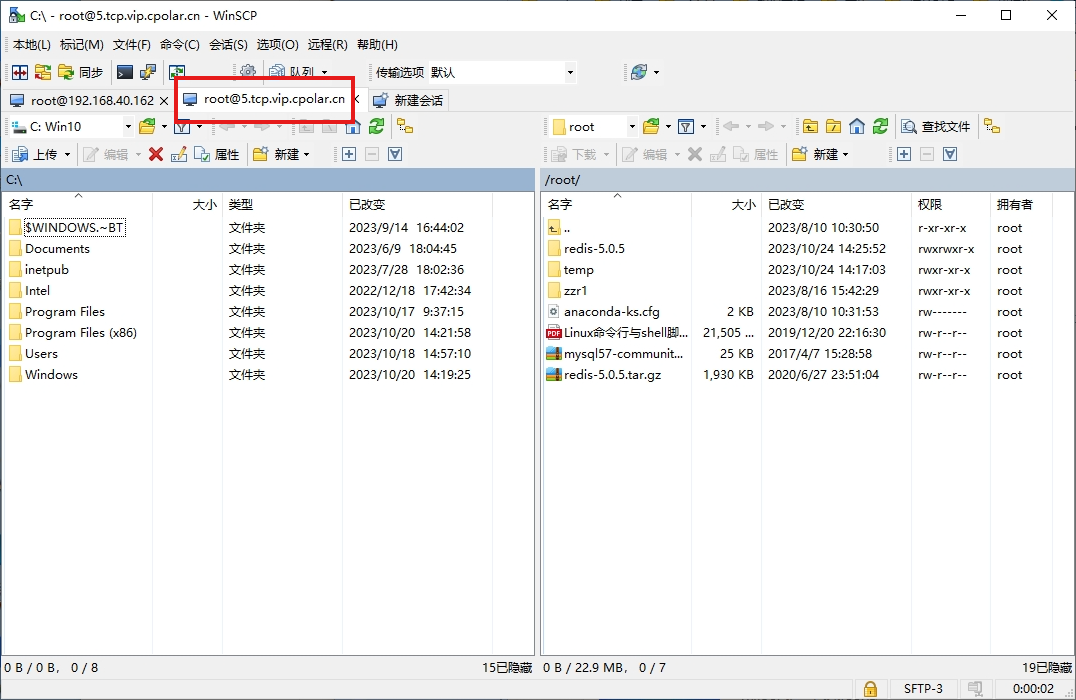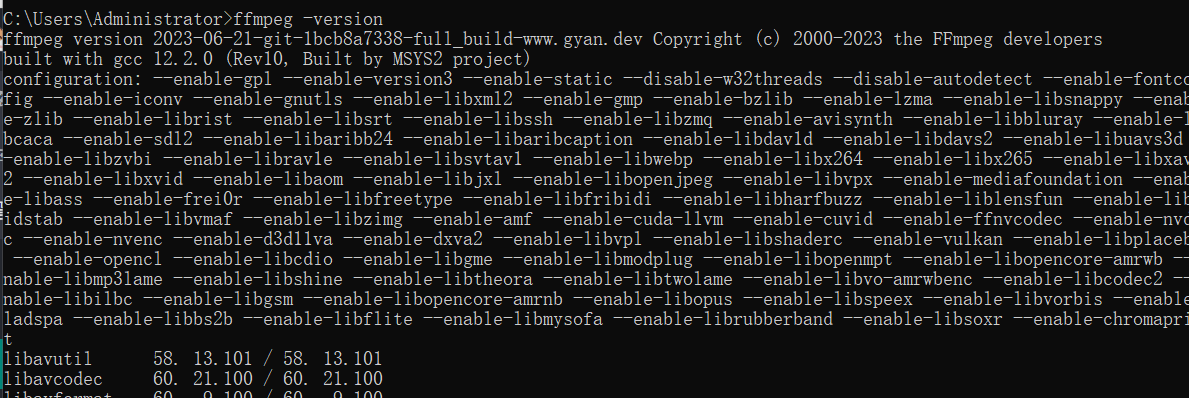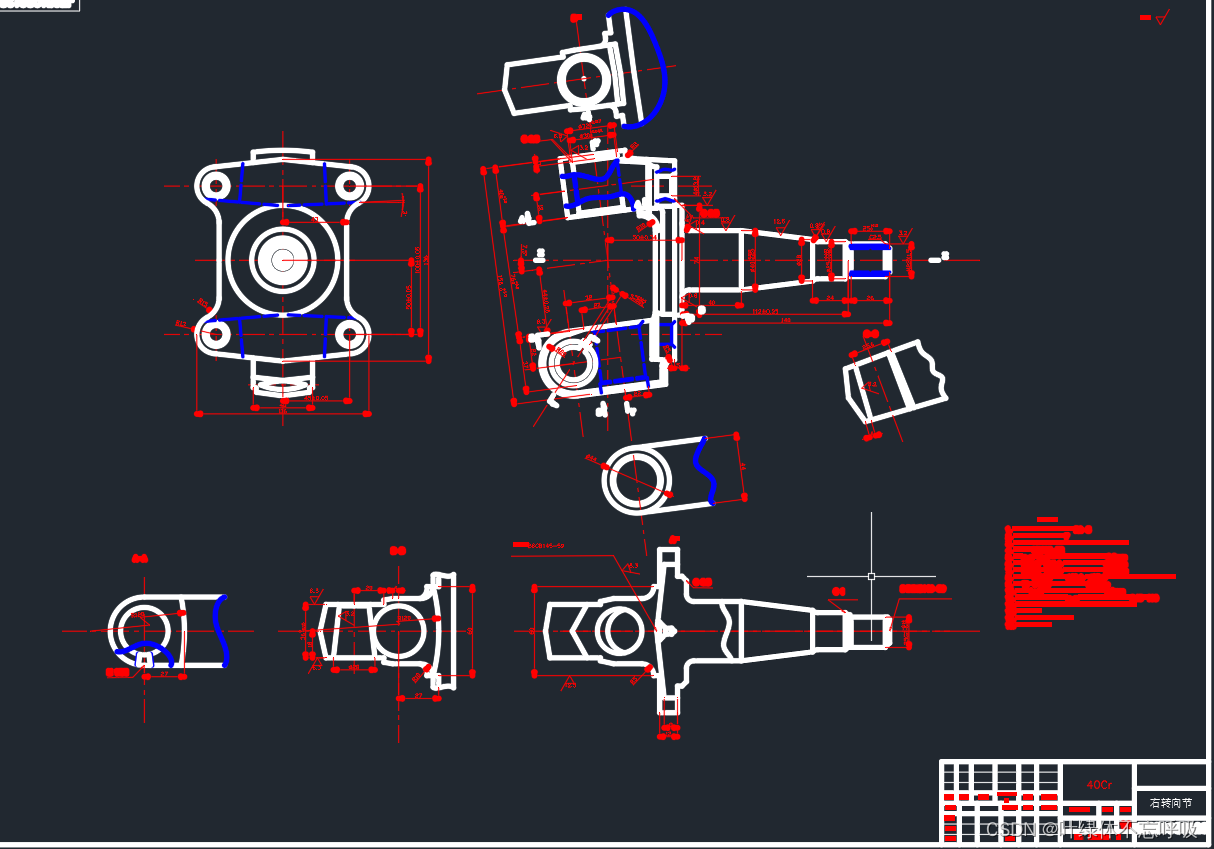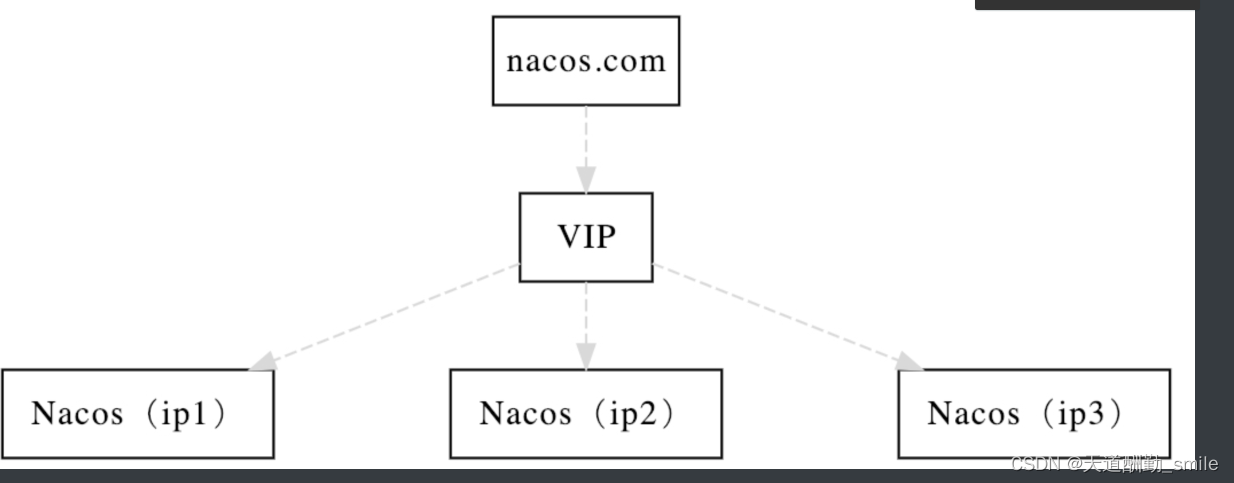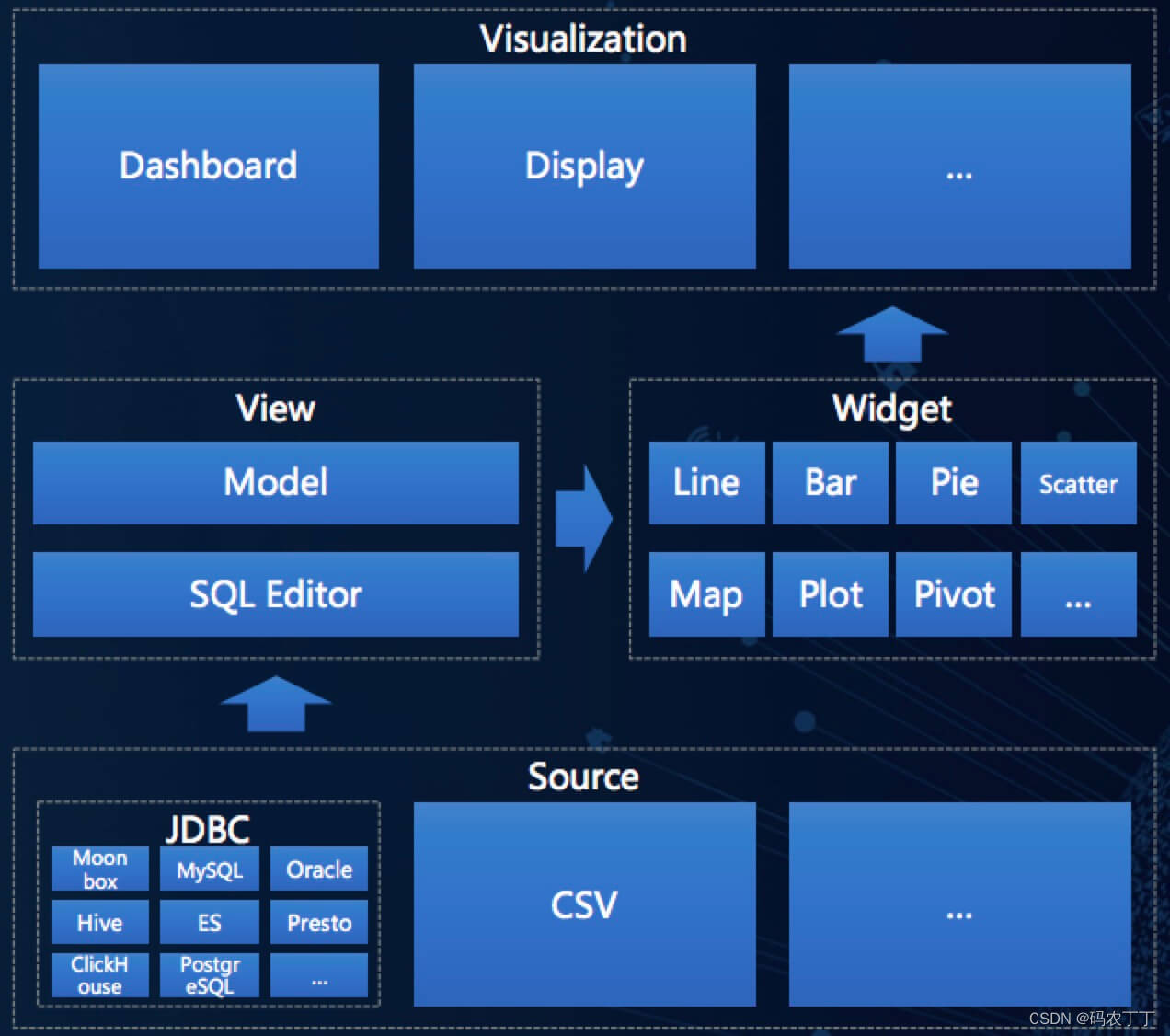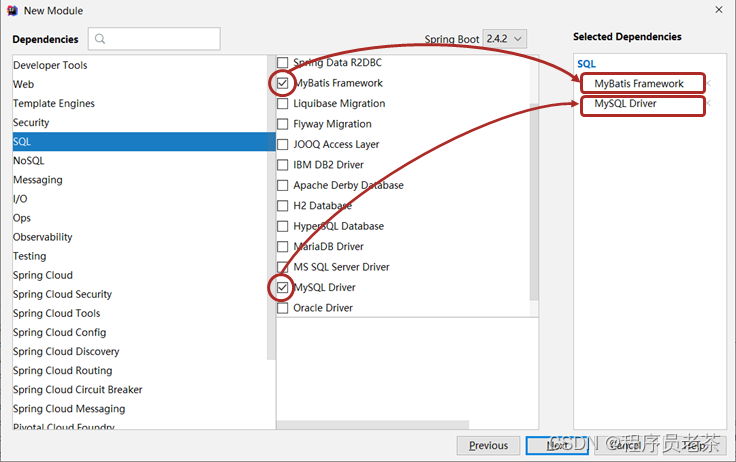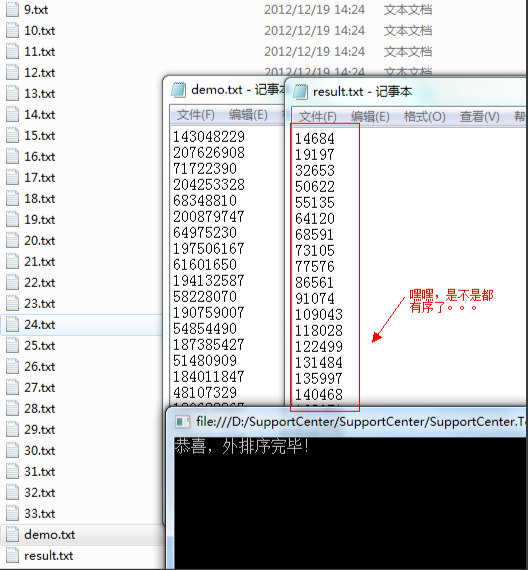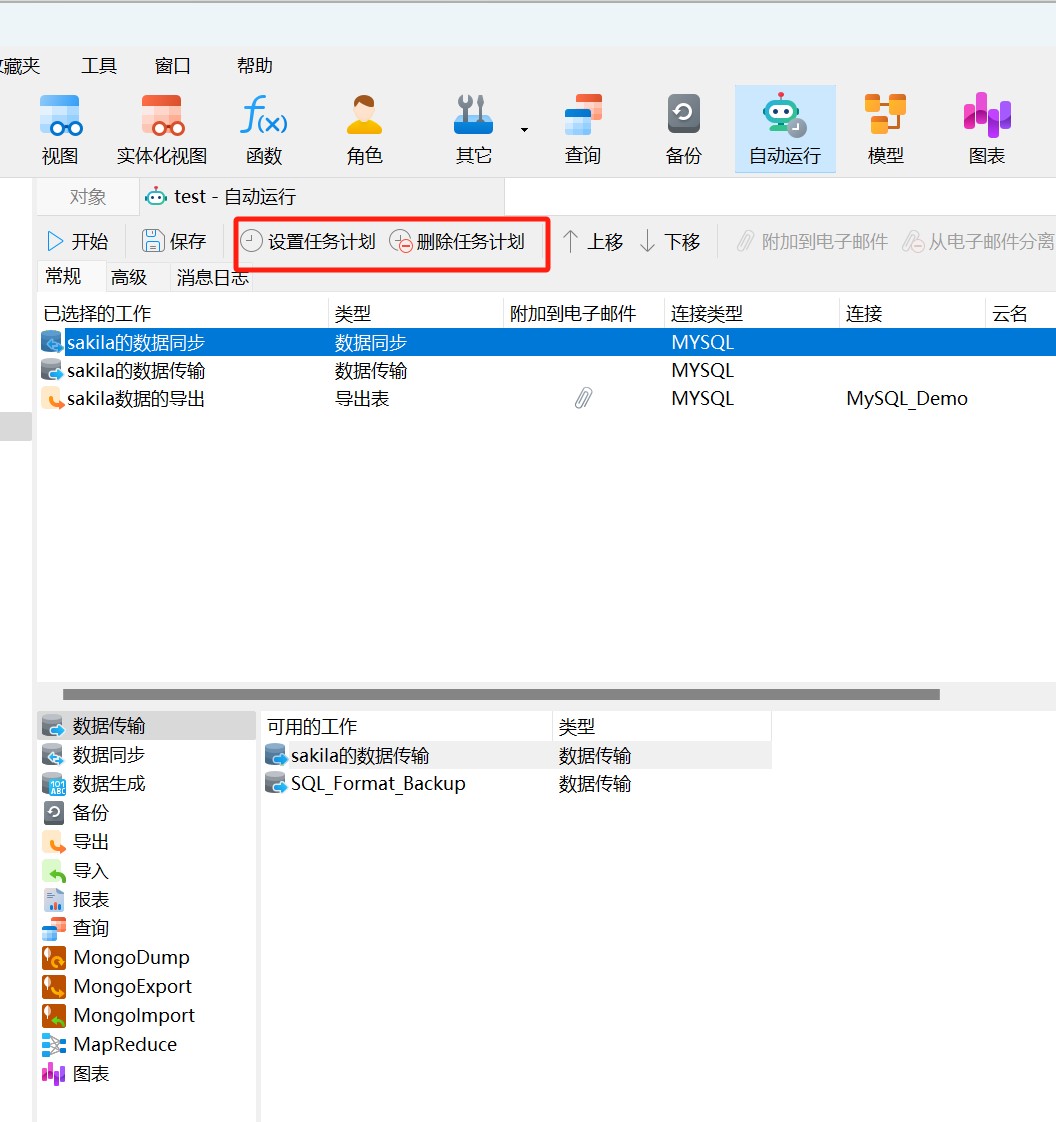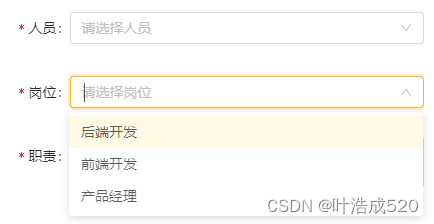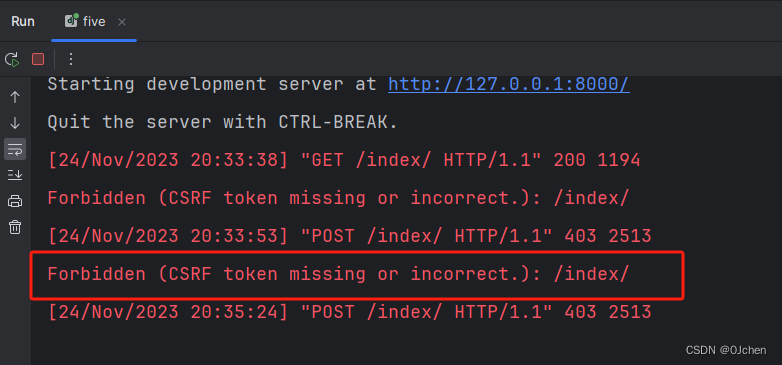一、什么是原型模式
Prototype模式说简单点,就是提供了一个clone, 通过已存在对象进行新对象创建。clone()实现和具体的实现语言相关,在C++中我们通过拷贝构造函数实现。
那为啥要写clone的接口来实现这个目的呢?直接使用拷贝构造不香么,偶然在知乎中看到陈硕大佬对此的一个回答,觉得豁然开朗。
Prototype 的意义在于,你拿到一个 基类指针 Base* ,它指向某个 派生类 Derived 对象,你想克隆出 Derived对象,但代码中不写出 Derived 的具体类型,因为有很多派生类,这种情况下你用构造函数是搞不定的。type-switch 是 bad smells 。另外,这里考虑 virtual 的性能损失是主次不分,构造对象需要分配内存,这开销比一次虚函数调用大多了。
–陈硕在知乎中的回答
二、代码示例
#include <iostream>
#include <memory>
#include <cassert>
using namespace std;class Prototype
{
public:/// 这里引入NVI模式std::unique_ptr<Prototype> clone(){ return clone_impl();}void noloop() const{ return noloop_impl();}private:virtual std::unique_ptr<Prototype> clone_impl() const = 0;virtual void noloop_impl() const = 0;
public:Prototype() = default;virtual ~Prototype() = default;
protected:Prototype(const Prototype&) = default;Prototype(Prototype&&) = default;Prototype& operator =(const Prototype&) = default;Prototype& operator=(Prototype&&) = default;
};class Derived : public Prototype
{
private:/// 本质实现还是通过拷贝构造函数,在本例中默认是浅拷贝std::unique_ptr<Prototype> clone_impl() const{return std::make_unique<Derived>(*this);}void noloop_impl() const{ cout << __FUNCTION__ << endl;}
};int main()
{std::unique_ptr<Prototype> p0 = std::make_unique<Derived>();std::unique_ptr<Prototype> p1 = p0->clone();p1->noloop();assert((typeid(*p0) == typeid(*p1)) && (typeid(*p1) == typeid(Derived)));/// 从结果可以看出,p0和p1指向的均为Derived类型对象return 0;
}
三、总结
Prototype模式的结构和实现都很简单,其关键就是(C++中)拷贝构造函数的实现方
式,这也是C++实现技术层面上的事情。由于在示例代码中不涉及到深层拷贝(主要指有指针、复合对象的情况),因此我们通过编译器提供的默认的拷贝构造函数(按位拷贝)的方式进行实现。说明的是这一切只是为了实现简单起见,也因为本篇的重点不在拷贝构造函数的实现技术,而在Prototype模式本身的思想。
Prototype模式通过复制原型(Prototype)而获得新对象创建的功能,这里Prototype本身就是“对象工厂”(因为能够生产对象),实际上Prototype模式和Builder模式、AbstractFactory模式都是通过一个类(对象实例)来专门负责对象的创建工作(工厂对象),它们之间的区别是:Builder模式重点在对复杂对象的一步步创建(并不直接返回对象),AbstractFactory模式重在产生多个相互依赖类的对象,而Prototype模式重在从自身复制自己创建新类。
